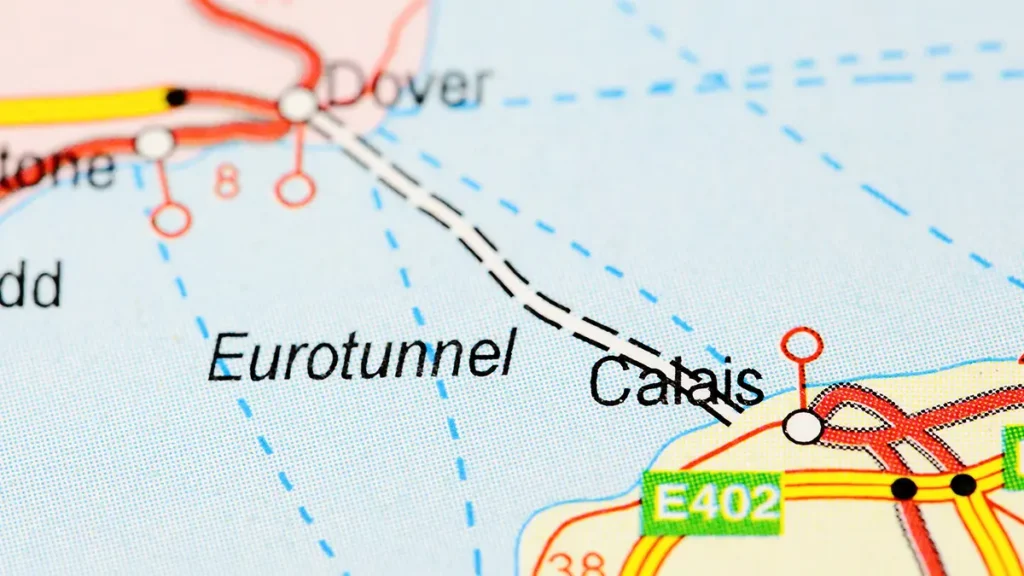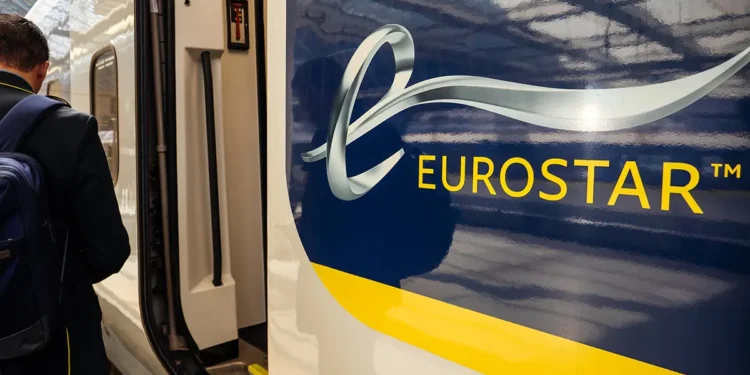In the crisp winter air of February 6th 1964, some six decades ago, the British and French governments etched their signatures into an agreement that promised to redefine the geographic and economic landscape of Europe, laying the groundwork for what would become the longest tunnel in the world. In this article, we explore the history of the Channel Tunnel how it cam into being and the impacts of high speed rail between the UK and Europe.
At the time, the Channel Tunnel – or ‘Chunnel’ as it soon became affectionately nicknamed – was envisioned as a twin-tunnelled rail link that would burrow beneath the English Channel, providing an unprecedented physical link between the two.
The audacity of this venture was matched only by the exuberant confidence of the era. Projections at the signing heralded a mere five years for completion, a timeline that, in retrospect, was as much a product of wild ambition as it was of the technological optimism of the 1960s.
A Vision of Unity Between England and France
British Prime Minister Alec Douglas-Home and French President Charles de Gaulle viewed the tunnel as a conduit for greater economic collaboration, with hopes it would strengthen ties between the pair at a time when the Cold War was still dictating international relations.
The pact captured the imagination of both nations, fuelling visions of speedy rail travel No longer would the expanse of water in between act as a barrier, but instead
Challenges on the Path to Realisation of crossing the English Channel
However, the journey to completion was as turbulent as the waters above the tunnel’s eventual path. The initial optimism waned as technical, financial and political hurdles emerged. The five-year projection turned into a 30-year marathon, with construction officially commencing only in 1988 after numerous delays, primarily caused by the technical challenges of operating the tunnel boring machines.

Hig Speed Rail Triumph of Engineering and Collaboration
It would be another six years further on that the world witnessed the realisation of this Herculean undertaking. The official opening of the Channel Tunnel, on May 6th 1994, not only marked the project’s completion, but also ushered in a transformative period for European transportation.
President François Mitterrand of France and the UK’s long-reigning monarch Queen Elizabeth II inaugurated the link, a landmark event in engineering history that was broadcast across the globe, showcasing the successful fruition of one of the 20th Century’s most challenging engineering feats.
The Channel Tunnel Today: A Legacy of Innovation
In the years that have passed, the link – which also encompassed the revolutionary foot passenger Eurostar service – has offered speed, connectivity and a travel experience that is both novel and transformative.
Each Eurostar train, The Channel Tunnel, meanwhile, can move 120 cars and 12 coaches under the sea on each service, with a departure every 10 minutes at peak times, a maximum speed of 99mph, and a journey time of just 35 minutes.
The accomplishment of the latter has also bolstered freight transport, becoming a vital link for the conveyance of goods between the UK and Europe, where previously ferries took the burden of this transfer.
Reflecting on a Vision Fulfilled
In reflection on the history of the channel tunnel, it seems many of the ambitious forecasts of 1964 – while not realised in any timeline – ultimately came to fruition So as we approach the 30th anniversary of its opening, and the 60th of its conception, the Channel Tunnel stands not only as an engineering marvel, but a testament to the enduring human spirit of connection and innovation.










